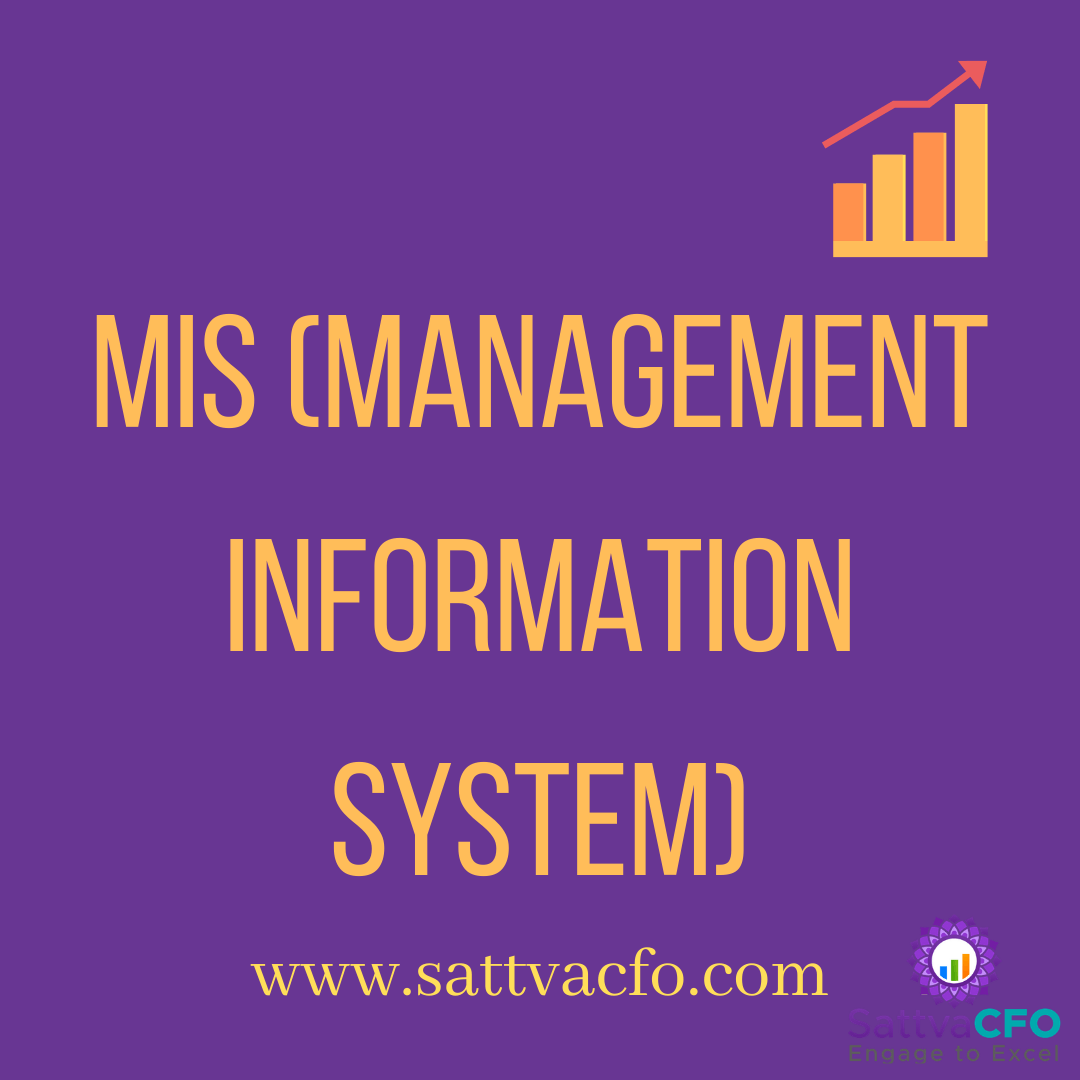MIS (Management Information System) assist businesses in getting the most out of their investments. The entire system is built to increase revenues, improve control, and improve performance planning at all levels. To collect, process, or store information, information systems are utilized at all business organizations. types of mis, define mis.
What is MIS (Management Information System) Report?
A management information system aids firms in identifying issues, bottlenecks, and pressure spots. MIS is a set of systems, hardware, processes, storage, and reporting tools that enable an organization’s management to be more efficient. The MIS report provides a bulleted summary of the several verticals that must be monitored to perform correctly for your firm. The fundamental purpose of MIS reports is to compare the performance of company processes to defined parameters. For example, they give a quick snapshot of a company’s income, orders, client inquiries, HR indices, staff performance, and attrition.
Reports generated by these systems are used by business managers at all levels of an organization, from assistant managers to executives, to review daily activities, make decisions, and measure progress. Businesses of all sizes and in every industry use MIS system reporting.
What is the importance of the MIS (Management Information System) Report?
A company’s MIS report is created following a thorough examination of current data and market trends. The fundamental goal of an MIS reporting system is to offer vital business data to management for them to make complex decisions. Because the administration must have accurate information about the current market trend and vital business data to make rapid and educated decisions. The management information system report is critical to the organization’s performance, productivity, and profitability. As a result, the MIS reporting system serves as the company’s backbone, enabling the company to compete effectively.
What are the types of MIS (Management Information System) reports?
Summary Report
Summary reports compile all data and display it logically to display a complete financial picture. Reports on the worth of all new purchases and detailed sales insights are two notable examples.
Performance Review Report
The performance assessment report is intended to help the supervisor construct these assessments as clearly as possible by putting down on paper a summary of such day-to-day assessments.
Exception Report
An exception report is a document that details occasions where actual performance fell well short of expectations, usually in a negative way. The purpose of the report is to direct management’s attention to areas that require immediate attention.
Adhoc Reporting
Ad hoc reporting is a report that is only used once. In many aspects, ad hoc reporting varies from structured reporting. Structured reports use a structured reporting framework to produce a massive volume of data. As needed, ad hoc reports are created in a visual format that is appropriate to the audience. Structured reports are created by persons with extensive technical experience mining and aggregating massive amounts of data using business intelligence tools. Ad hoc reporting is based on relatively more minor data sets. This makes it easy for workers to report on a specific data point that answers a specific business issue within an organization.
Trend Report
A trend report shows the number of events, objects, or actors at various places along a continuum, most commonly a timeline. A trend report’s X-axis shows data points on a continuum representing weeks, months, or quarters in a year or some other important interval.
Budget Report
An internal report used to compare predicted, budgeted projections with actual performance numbers attained over time.
Variance Analysis
In budgeting or management accounting, variance analysis is the study of variations between actual and projected or planned behavior.
Revenue Report
A Revenue Report is a comprehensive document that details commercial revenue for a specific period.
Cost Control Report
Cost Control Report is used to offer cost statistics for the Project’s ongoing review. The cost figures in the report don’t have to be based on recorded spending; instead, they should be a fair estimate that shows an accurate picture of expenditures after the reporting period.
Cost of Goods Sold Report
The cost of a product to a distributor, producer, or retailer is known as the cost of goods sold. The gross profit is calculated by subtracting sales revenue from the cost of items sold. In accounting, the cost of goods sold is classified as an expense and can be noted on a financial statement known as an income statement.
Cash Flow Statement
A cash flow statement is a financial statement that shows how much cash and cash equivalents are flowing in a business. The cash flow statement assesses a company’s ability to manage its cash position or how successfully it generates cash to fulfill debt commitments and support operating expenditure.
Fund Flow Statement
A fund flow statement is a financial statement used to investigate the reasons for changes in the company’s financial position between two balance sheets. It depicts the flow of money in and out.
What is the scope for MIS in the future?
MIS is quickly becoming one of the most promising employment choices in the world today. With everything going digital, the demand for MIS personnel is higher than it has ever been. MIS entails completing a variety of responsibilities. In an organization, MIS functions similarly to the nervous system in the body by supplying pertinent information to facilitate decision-making. The goal of management information systems is to meet the information demands of everyone in the company. It entails disseminating pertinent information to people who require it. As a result, MIS has a lot of potential to become one of the most lucrative professions.
FAQ’s on MIS (Management Information System) Report
Where are MIS (Management Information System) reports used?
MIS systems collect data from numerous sections of a company automatically. These systems can generate daily reports that can be distributed to essential members of the organization. Most MIS systems may also create reports on demand. Managers and other system users can generate an MIS report anytime they need it with on-demand MIS reports. Many large companies have dedicated MIS departments whose sole purpose is to collect business data and provide MIS reports. To collect data, some of these businesses employ advanced computer technologies and software. The method of gathering data, on the other hand, does not have to be so complicated.
What is the future of MIS?
The future of MIS is unquestionably bright as the globe embraces the digital wave. More and more businesses are adopting AI technologies and digital systems to streamline their operations, and here is where the MIS field has a promising future. MIS roles are expected to grow in the future as we adopt more and more digital tools in our enterprises, necessitating the hiring of more skilled technologists to operate these systems.
How can SattvaCFO support MIS (Management Information System) Reporting?
In case your organization is facing challenges in MIS Reporting, whether the same is not reported on time, reporting does not contain enough details to derive insights.
SattvaCFO can provide support to design & implement MIS Reports. Our professional services team has years of experience in deploying MIS reports across a range of industries. Please contact us to avail of these services.
Also read




